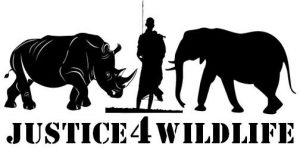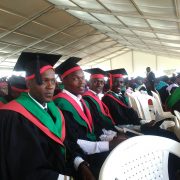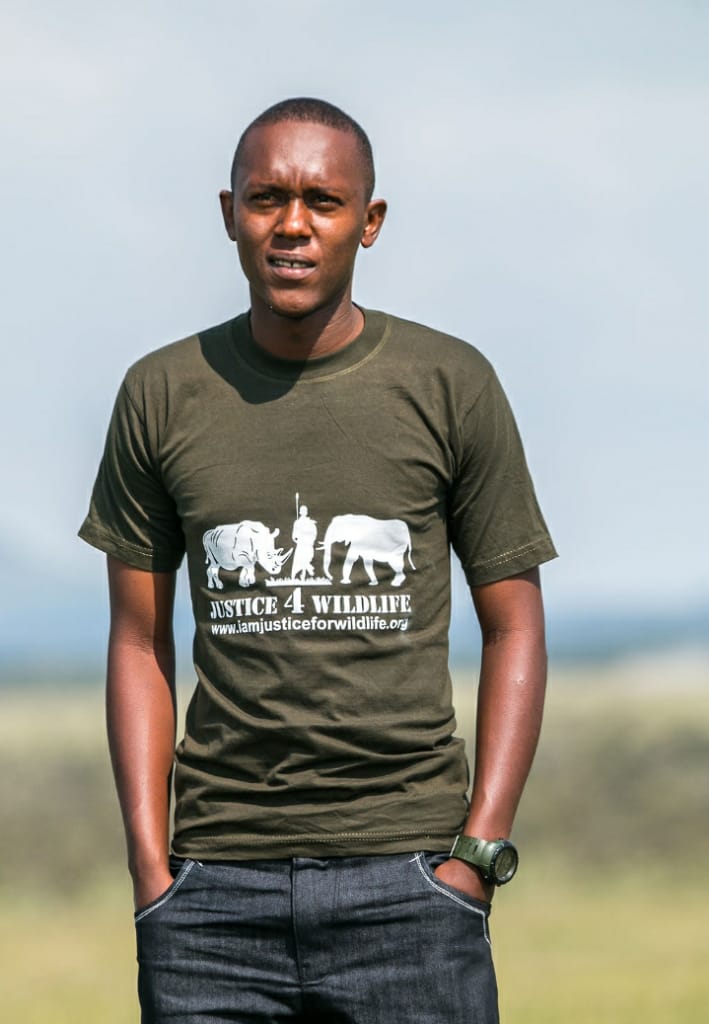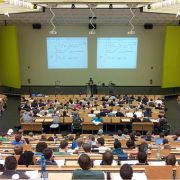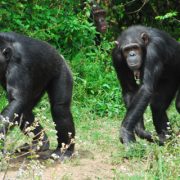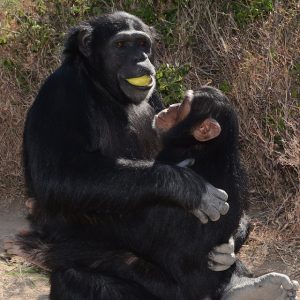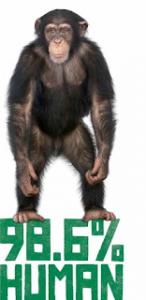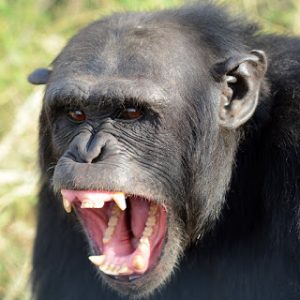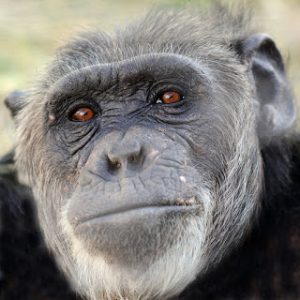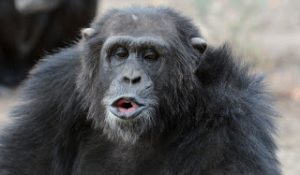Indigenous or local knowledge refers to a complete body of knowledge, know-how and practices maintained and developed by peoples, generally in rural areas, who have extended histories of interaction with the natural environment. These sets of understandings, interpretations and meanings are part of a cultural complex that encompasses language, naming and classification systems, practices for using resources, ritual, spirituality and worldview. It provides the basis for local-level decision-making about many fundamental aspects of day to day life: for example hunting, fishing, gathering, agriculture and husbandry; food production; water; health; and adaptation to environmental or social change. Non-formal knowledge in contrast to formal knowledge is handed over orally, from generation to generation, and is therefore seldom documented.
It is the dynamic way in which the residents of an area have come to understand themselves in relationship to their environment and how they organize their folk knowledge of flora and fauna, cultural beliefs, and history to enhance their lives The indigenous peoples of Kenya live in areas that are rich in biodiversity. The knowledge of indigenous peoples is often enshrined in rituals, ceremonies and magic, thus underlining how culture, language, religion, psychology and spiritual beliefs cannot often be separated from their understanding of the natural world. This knowledge has passed through generations and assures the survival of the forest environment, its component parts, and the people and cultures dependent upon it and the ecosystem as a whole.
Despite all these positive advantages of indigenous technical knowledge advantages, there are some which are major setbacks to biodiversity conservation, as portrayed through various Kenyan cultures and cultural practices through totems, superstitions, and myths. Some practices promote the killing of wildlife species thus formal knowledge in biodiversity conservation is essential and critical in suitability in that formal education in biodiversity conservation promotes sound cultural practices.
The Kenya government’s efforts to incorporate indigenous knowledge into the formal education curriculum in the post-colonial era has partly been aimed at confronting power, authority, and prestige of western knowledge which subordinates indigenous forms of knowledge in formal schooling. This approach is one of the ways in which the government has tried to empower its citizens to take control of their own development.
Incorporating indigenous knowledge in formal education signifies the recognition of the power of the role of both the individual and collective agency of change that is found in the potential of using multiple forms of knowledge in solving current problems inflicting Kenyan communities. The pluralistic approach to knowledge systems requires that different forms of knowledge and methods be authenticated and embraced in the school system and that no one system is used as a benchmark for other knowledge forms. Yet the integration takes place in the school environment that already privileges western epistemologies against indigenous epistemologies, a condition that continues to create hegemony in Kenya’s school knowledge construction. This has often created contradictions between what is intended by the curriculum reforms and what is actually implemented in classrooms, resulting in incongruence between students’ indigenous experiential knowledge and formal school knowledge.
Therefore, attempts to indigenize the curriculum in Kenya have met with little success and have been implemented superficially. The expansion of western formal education created a situation where traditional education in colonized societies was portrayed by colonial powers as ineffective in managing biodiversity, lives and welfare of colonized peoples and communities.
Teachers’ attitudes toward and beliefs about the value and potential contribution of indigenous knowledge to sustainable development define how they integrate this form of knowledge into the formal school curriculum.
Some of the challenges in the integration of indigenous knowledge in formal education arise from teachers’ lack of faith that such a curriculum can actually contribute significantly to addressing the socio-economic needs of the country. Teachers’ inability to integrate indigenous knowledge in their practice may also be resulting from limited knowledge on what aspects to integrate. Although teachers are entrusted with the responsibility of fostering indigenous knowledge in the learning institutions of Kenya, there is no guidance on what aspects of culture are to be integrated into the curricula.
Although some indigenous knowledge is lost naturally as practices get modified or are left unused for long time periods, the current rate of loss can be attributed to modernization and cultural homogenization. The current educational systems that believe macro-level problems can only be addressed through the global knowledge pool and the slow growth of institution supporting grassroots innovations are also obstacles therefore to avoid more cultural erosion its essential for indigenous knowledge to be integrated into formal education curricula.
Kenya has sound existing research and academic institutions that could potentially play a vital role in promoting, recognizing, developing and protecting indigenous knowledge as well as incorporating it successively with formal education systems within its curriculum. This would water down to the grassroots level, ultimately leading to economic benefits.
Indigenous peoples and local communities have much to contribute to global discussions concerning sustainability and have a right to participate in matters that may affect them. As proponents and practitioners of both biological and cultural diversity and biocultural diversity, indigenous peoples and local communities have unique insights into possible solutions that can promote biodiversity conservation both locally and globally.
“For most of history, man has had to fight nature to survive. In this century he has to realize that in order to survive he has to protect it.” Jacques-Yves Cousteau Here we celebrate the unsung wildlife heroes in the grassroots doing remarkable work to conserve our wildlife heritage, Get to learn about wildlife from a ranger/ ecologist in Kenya a freelance eco-traveler, experience the diverse cultures and African heritage from the natives and take an adventure to new destinations to learn about rare attractions that are hardly talked about and to top it all up some of the best wildlife photographs that will make you reconnect to your wild side appreciate everything around us and fall in love with the natural world, because “It is not enough to love the natural world; the point is to defend and preserve it.” Edward Abbey
Our wildlife, our responsibility. When it comes to standing up for our wildlife it’s better to be outspoken than unspoken.
